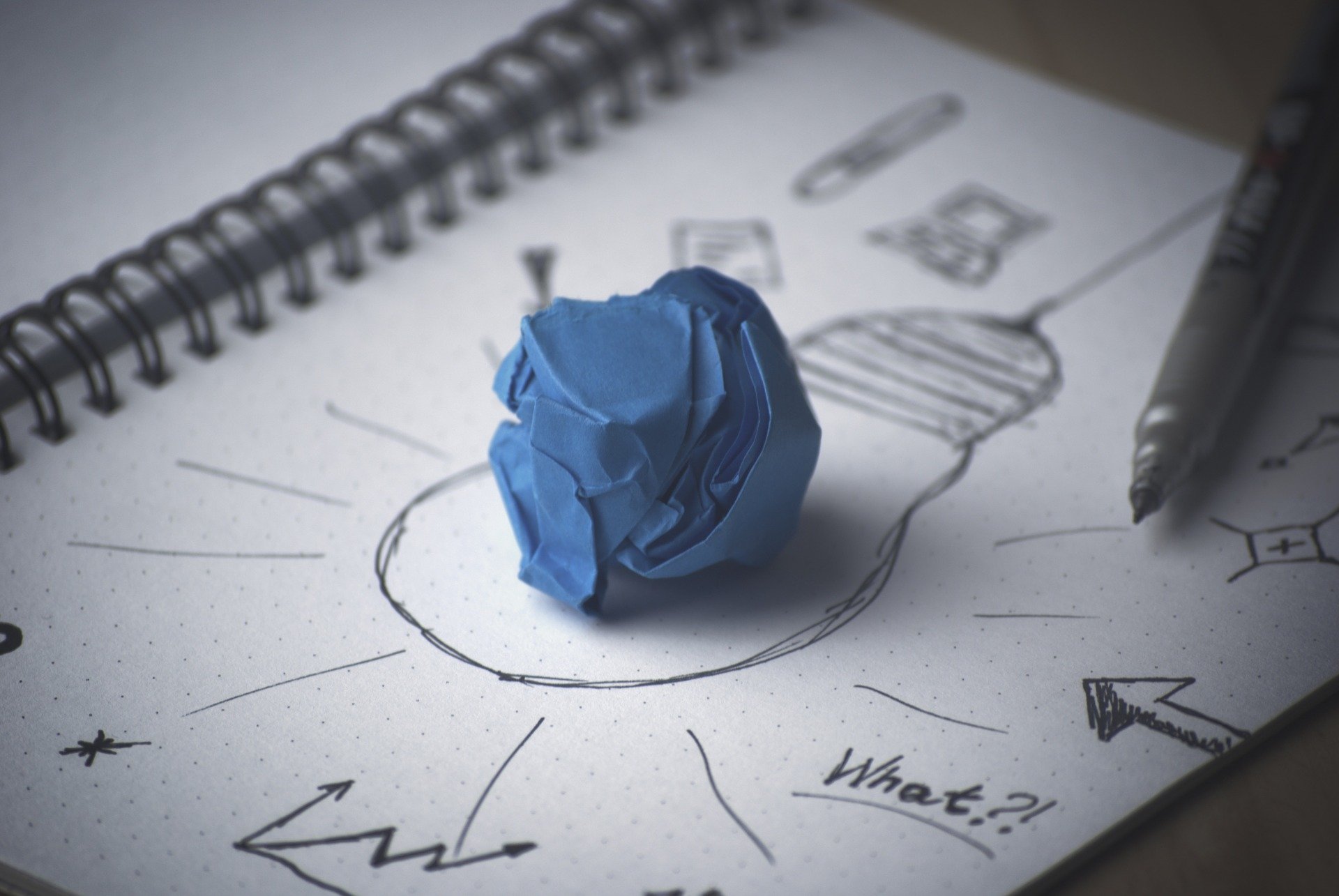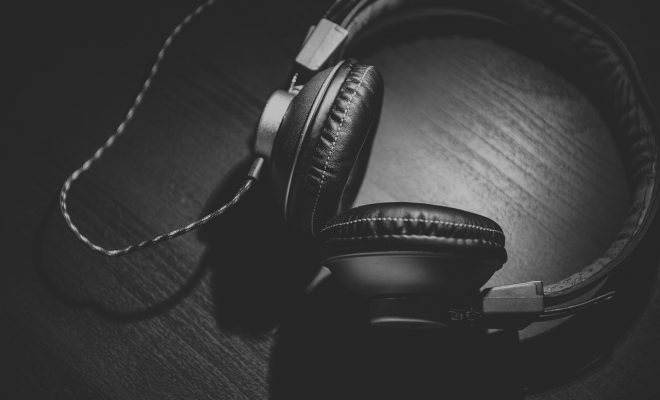Cognitive Learning: A Primer

Whether you are aware of it or not, cognitive learning has played a significant role in your development since you were a newborn, learning to walk. We learn primarily through our encounters with others, experiences, friendships, and feelings, and to be honest, you don’t stop learning until your mortal shell dies. Who you are and why you do the things you do are defined by how you were raised by your parents, relatives, and other adults. In this essay, I’ll talk about how important the brain is in your education and occasionally miseducation.
Understanding how the brain functions can help you study more effectively. If you went to a public school in the United States, you probably recall your teacher bombarding you with uninteresting data, then studying and memorizing the same knowledge when you got home. Many educators used to educate by memorizing, repeating, and repeating, but is this the most efficient method to learn?
Fact memorizing by rote does not assist you in grasping how to use what you’ve learned or apply it to new situations. It is remembering knowledge without giving it a deeper meaning that makes learning impossible. How you learn shapes who you are as a person, particularly as a child. Even though we have education research on cognitive learning, it is not being used in the classroom. We must employ brain science to identify the optimum learning tactics for each learner’s learning style and then teach educators to adopt them.
So, what exactly is cognitive learning? The term “cognitive” alludes to “cognition,” which is defined as “the mental action or process of obtaining information and understanding through thought, experience, and the senses” by the Oxford Dictionary. Learning is defined by Webster’s Dictionary as “the acquisition of knowledge or abilities via experience, study, or being taught.” The cognitive learning theory integrates these two notions and outlines the processes that collaborate when processing information, which flows from sensory input to the cognitive system and determines the response.
Our learning is shaped by the brain and its cognitive functions, and as humans have progressed, we have learned new concepts that have assisted us in reaching new learning thresholds. Ironically, the brain has not advanced; we have simply perfected how we use it. The brain is what guides and controls our learning, and as humans have progressed and advanced, we have learned an increasing amount of information, skills, and concepts that have assisted us in becoming more clever. The brain has not become more sophisticated as we have progressed through history; rather, we have altered how we learn. The more scientists discover about the brain, the easier it is to use how it functions and its qualities to make learning easier for us.
Learning Styles
Now that we’ve defined cognitive learning let’s go over the 13 different forms of learning.
- Implicit learning.Implicit learning occurs when you acquire knowledge and abilities without realizing it.
- Explicit learningThis occurs when you actively seek out learning activities and chances to learn something.
- Learning that is cooperative and collaborative. Learning that takes place in groups is referred to as cooperative learning. Each person brings their finest abilities and attributes to the table. Collaborative learning occurs when one person, typically an instructor, delivers a notion and assists the group in creating meaning around the concept.
- Learning that is meaningful. A type of cognitive learning in which the motivational, cognitive, and emotional elements are all used.
- Associative learning. Learning entails establishing a link between pre-selected inputs and certain behavior.
- Non-associative learning for habituation and sensitization. It is a rudimentary sort of learning that enables us to adapt, which is something we must do in our daily lives. People who live near a noisy highway are an example of habituation. When they initially move there, they are aware of all the vehicles that drive by their house, but after a while, they become acclimated to the noise, and it no longer bothers them.
- Learning through discovery. Discovery learning occurs when you go out of your way to learn and actively seek knowledge.
- Learning through observation or imitation. When we mimic someone else’s or anything we’ve seen.
- Emotional learning. Emotional intelligence development is a type of learning that involves a person’s growth of emotional intelligence, which we utilize to control and manage our emotions.
- Experiential learning. The type of cognitive learning that occurs as a result of our experiences. It is extremely subjective, as people perceive events and phenomena differently.
- Repetitive learning. This type of cognitive learning entails memory of material without a better understanding of it.
- Reciprocal learning. A completely passive type of learning in which the individual only receives the information that they are attempting to acquire. A lecture is an example of this, in which the lecturer lectures while the students passively listen.
- Metacognitive techniques. The term “metacognition” refers to “thinking about thinking.” This sort of cognitive learning entails us deliberately determining the learning technique we intend to employ when engaging in a learning event.
Bottom line: Everyone is different when it comes to cognitive learning, which is why a diversity of learning styles is required to enable all of your learners to attain their academic potential.





